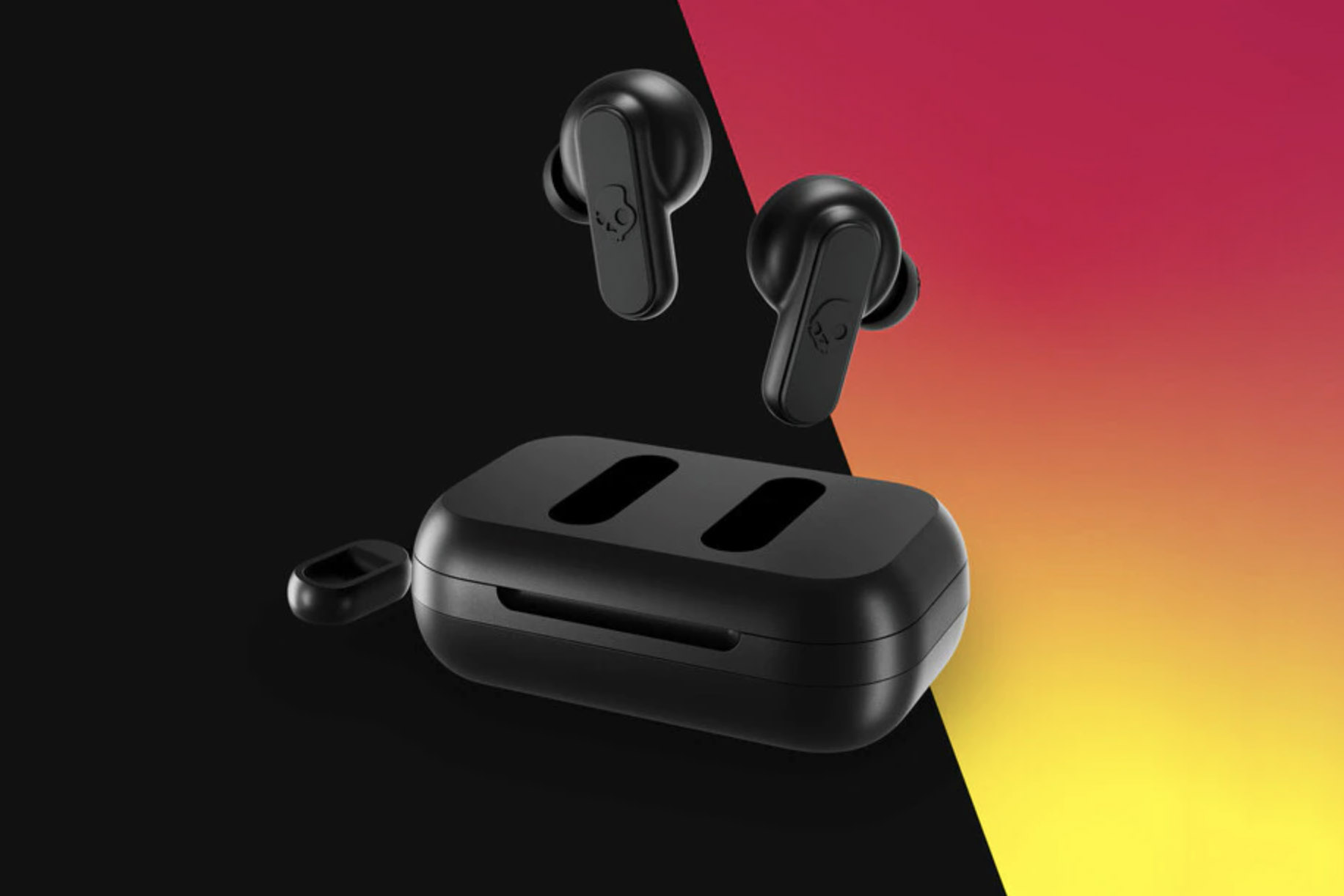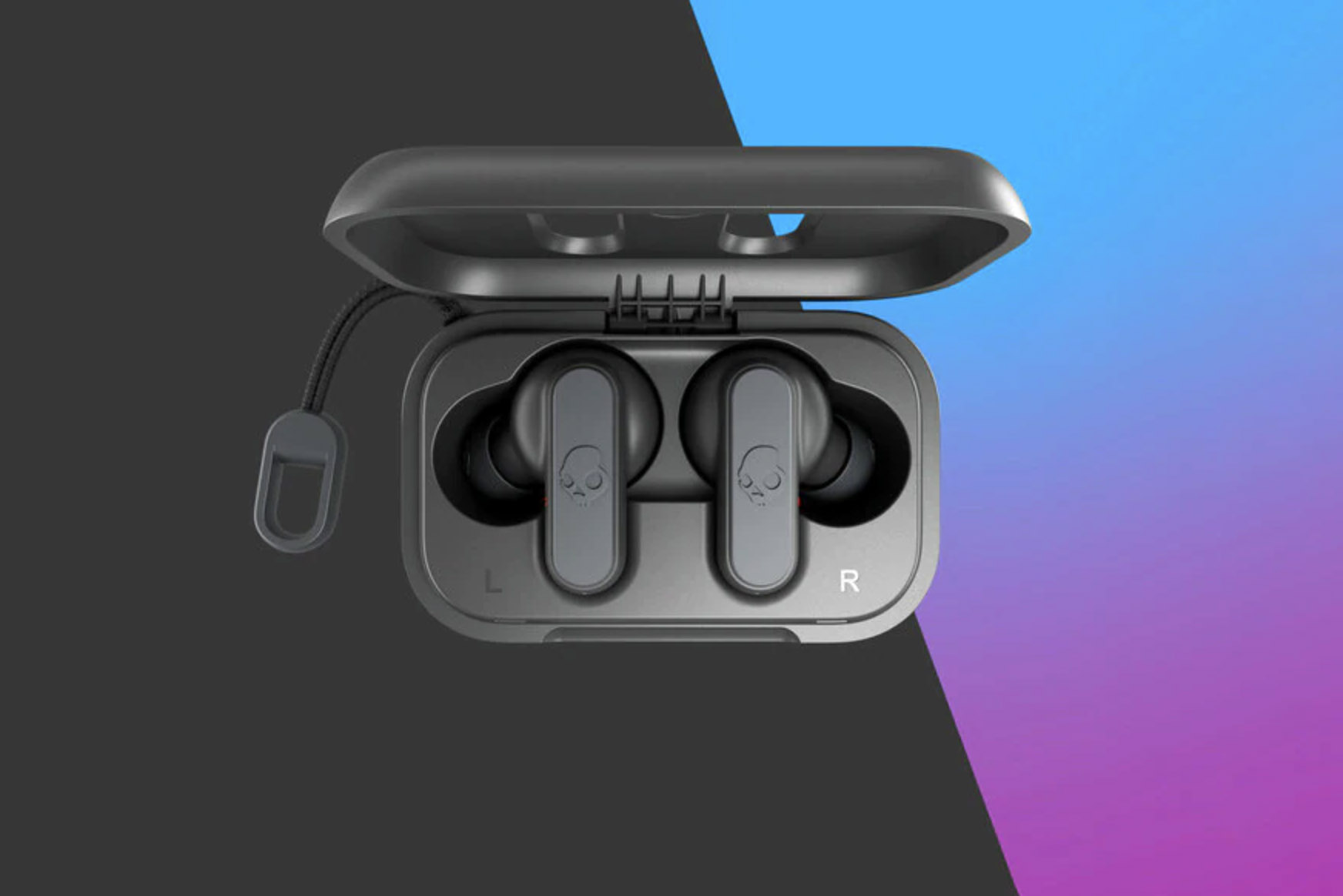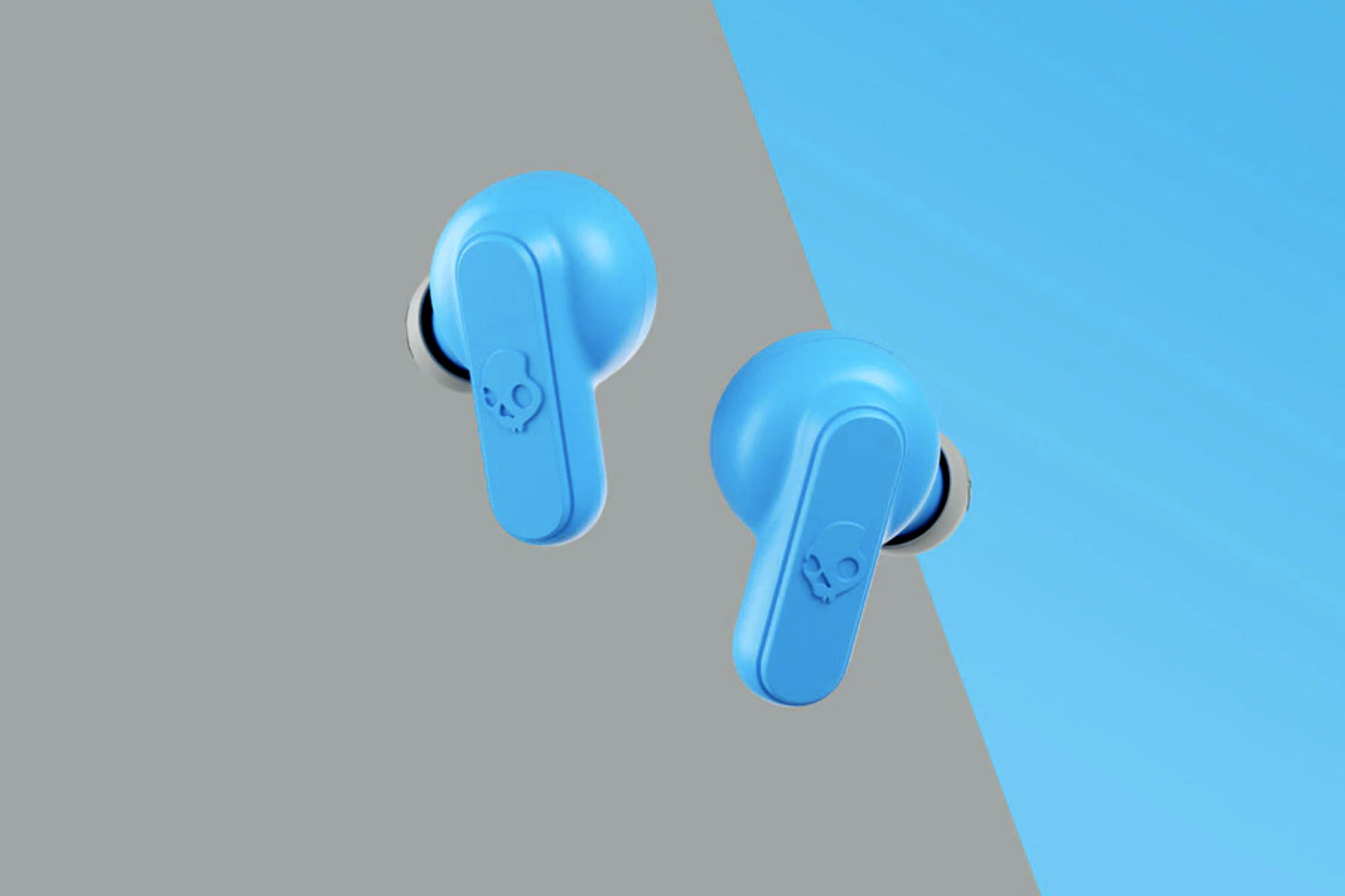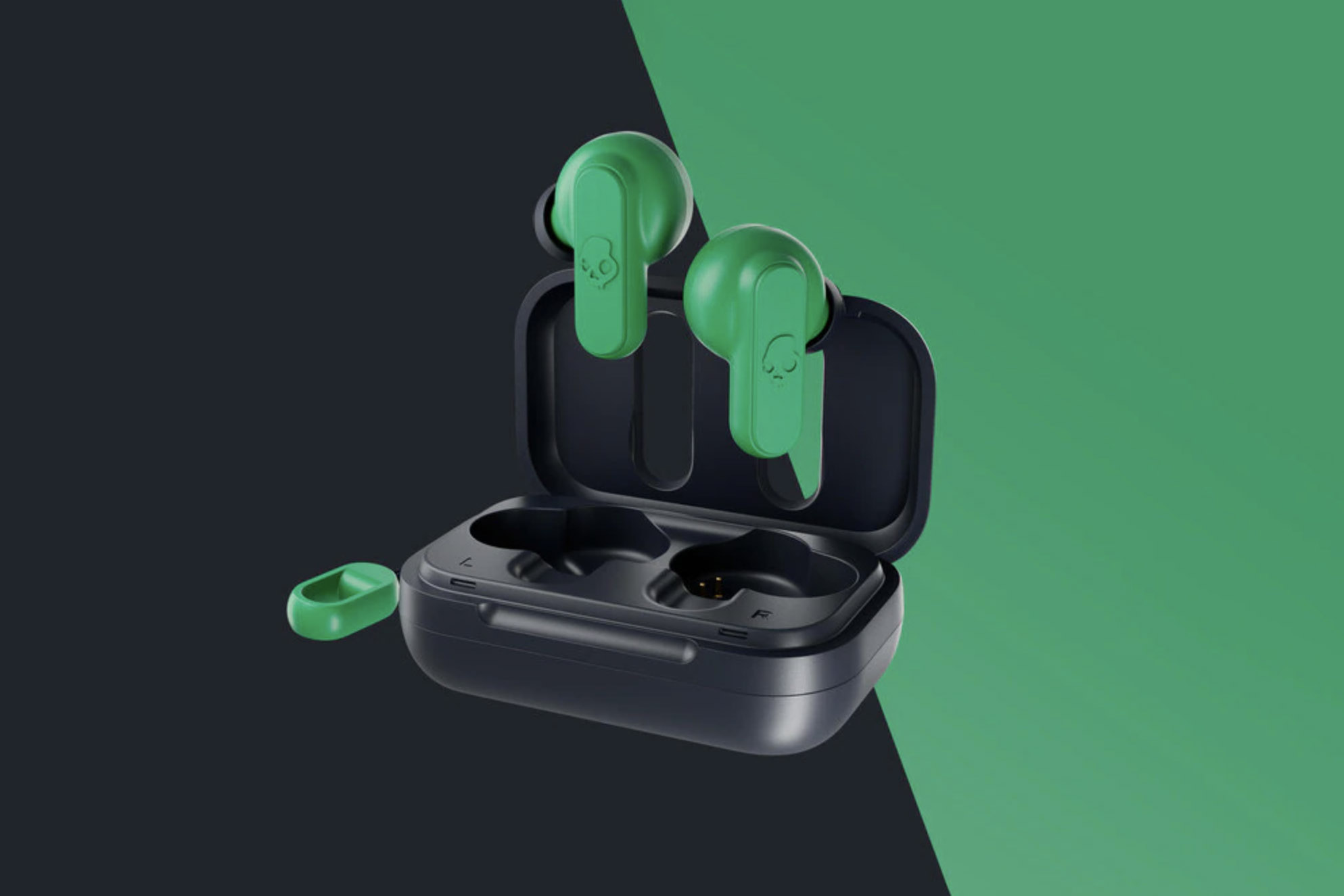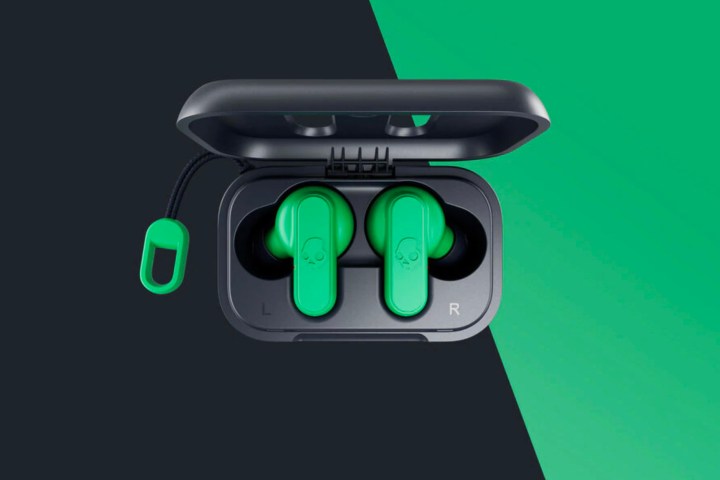
If you scroll through Amazon’s inventory of true wireless earbuds, you will actually find some models that sell for less than $25, but for the most part, these are all from no-name brands that you’ve likely never heard of. That’s what makes Skullcandy’s new Dime true wireless earbuds worth a look: They’re tiny, they’re durable, they come in four colors, and they’re cheap — just $25.
You might be thinking that if they’re this cheap, you must be giving something up. And you’d be right.
The Dime don’t have wireless charging, they don’t have adjustable EQ, there’s no active noise cancellation or transparency modes, they don’t have wear sensors, and they’re not even compatible with USB-C cables for charging. And their battery life, at just 3.5 hours per charge (12 total with the charging case) is at the very lowest end of what’s useful for most people.
But despite these drawbacks, the Skullcandy Dime are still a great buy.
That’s because they sound as good or better than true wireless earbuds that cost up to twice as much. They’re balanced, they have very good bass response and excellent clarity across all frequencies.
Keep in mind, they aren’t going to keep up with earbuds in the $150-$200 range like the Marshall Mode II, Jabra Elite 75t, or Skullcandy’s own Indy ANC earbuds, but I was pleasantly surprised at how good they sound for the price.
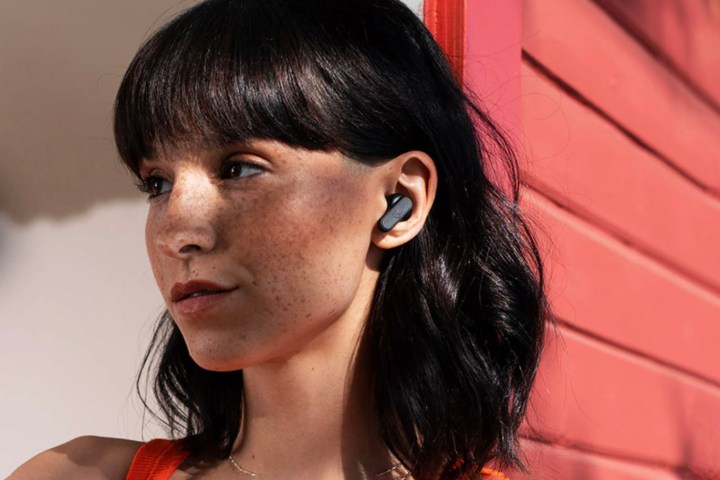
I compared them to the $50 1More PistonBuds and the $60 Belkin SoundForm True Wireless Earbuds and the Dimes easily held their own.
The Dimes are also remarkably comfortable. I found their shape slipped easily into my ear and I had no problem getting a good seal when I switched to the largest of the three sizes of silicone eartips Skullcandy includes in the box.
Speaking of the box, with the exception of a small plastic bag, it’s all highly recyclable paper and cardboard.
I suspect folks will either love or hate the Dimes’ controls. They’re physical buttons that are covered in a layer of rubber on the outside of the stems. To use them, you need to press with a high degree of accuracy on the Skullcandy logo. Too low or too high and you’ll miss the button completely. It works best when you use the tip of your fingernail — the pads of your fingers will likely be too wide.
On the upside, when you find and connect with those hidden buttons, they take very little effort to press and they respond with a very tactile click. No need to guess whether or not it worked — you’ll know immediately.
There are click-gestures for every function: Play/pause, volume up/down, call answer/end, track skip forward/back, and voice assistant access. You can even use each bud independently for phone calls.
With an IPX4 rating for water-resistance, they’ll be able to handle a sweaty workout without any problems and because they’re so lightweight, you barely notice them in your ears.
Call quality, as you might expect for a set of $25 buds, is not that great. If there’s a lot of competing noise, your callers will have a hard time hearing you. Even in quiet conditions, there’s a lot of compression, leading to a kind of through-a-cardboard tube sound. Still, in a pinch, they’ll be fine for short calls — just don’t plan any hour-long conference calls.
I think my favorite part of the Skullcandy Dime is the charging case. This thing is crazy small and even with the earbuds inside, it weighs less than the AirPods Pro.
I’m not enamored with the Micro USB charging port, but that’s a minor concern, especially as the Dime come with their own ultrashort Micro USB cable.
Pop the earbuds in the case and they’ll instantly latch into place thanks to strong magnets. The lid has two positions when closed. There’s a magnetically-held closed position, which requires about the same amount of force to open as other charging cases, but you can also snap the lid tight, guaranteeing it won’t open again unless you want it to.
A removable mini-lanyard gives you a loop so you can secure the case to a backpack or gym bag if you have a small carabiner clip.
Skullcandy has definitely done its homework on the Dime. They’re affordable enough to be an impulse buy, but their sound quality, comfort, and convenience mean they won’t be a buy you instantly regret. I suspect they will make their way into more than one stocking for the 2021 holiday season.
Editors' Recommendations
- Skullcandy’s latest wireless buds charge from your phone
- Sony just made all other wireless gaming earbuds obsolete
- Skullcandy’s new Bluetooth speaker lineup boasts big battery life for $30 to $80
- Skullcandy’s new $20 wireless earbuds get 20 hours of battery life
- Skullcandy revives the Crusher ANC with a lower price and Skull-iQ

